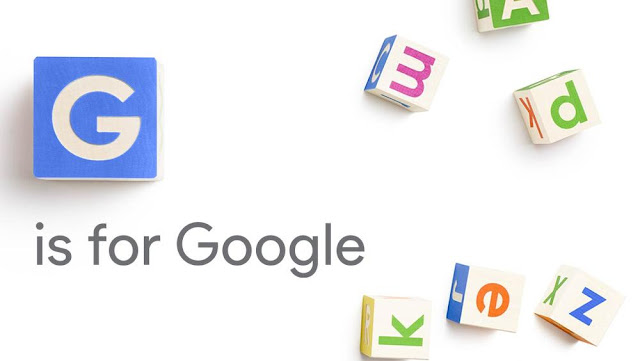Digital Wallets are everywhere. In the
age of the smart-phone, anything that doesn't happen at the click of
a button is too much of a bother. Application this very same line of
thought is what led to the rise of digital wallets. Several
e-commerce marketplaces facilitate payments using a wallet. In some
places the usage of wallets is encouraged by offering discounts. Uber
has successfully taken the digital wallet to every home. However,
there remains a degree of uncertainty as to where this is headed. The
relevancy of having a digital wallet is under scrutiny now.
Several independent researches claim
that the current digital wallets are not delivering. The research
data pointed out the fact that a lower percentage of consumers are
currently using the mobile wallets. This maybe because the technology
is currently not delivering what the consumers need. There is an ever
increasing interest in mobile wallets but the mobile wallet
technology that exists today would not be able to hit all the
consumer pain points. The wallet technology can surely use a few
advancements to make it attractive to the average consumer.
The increase in smart-phone adoption
has brought about a rise in the use of digital wallets. Although a
quarter of the smart-phone users today use apps that incorporate
digital wallet functions, as low as 2% of consumers are using a
digital wallet. Also, adoption of digital wallets is up by nearly 70%
compared to the previous year.
All the statistics aside, the low rates
of adoption of digital wallets can be attributed to several things.
The major issue might be the probable misdirected approach of the
Digital wallet players. The objective so far has been to offer
speedier and simplified payments. However, what the market currently
needs is mechanism that allows consumers to spend, save, shop and
engage with the retailers of their choice. A debit or a credit card
is not too much of a burden to carry around. Hence, if you're focused
on making that process easier then this technology is going nowhere.
The real pain point of the consumer
arises when they have to carry around a clutter of their coupons and
gift cards. Any random consumer surely has several of these loyalty
and gift cards with them. The game changer for Digital Wallet
technology will be when all of these cards are integrated together in
a single wallet. That would solve a real problem for the consumer and
indeed hasten adoption. Additionally, you can even add options for ID
cards and storage of receipts. Having such a varied range of
information complied to a single Wallet location would definitely be
incentive enough for the consumers.



